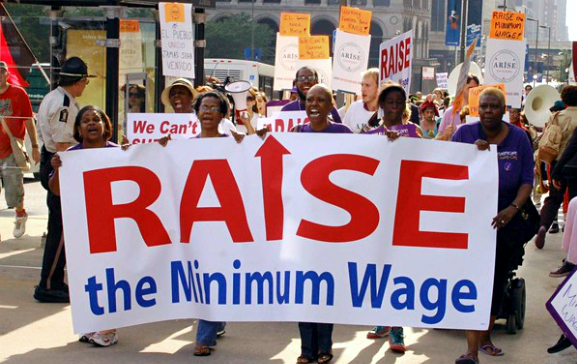A Blog Posting by Lindsey Schromen-Wawrin of the Community Environmental Legal Defense Fund, from August 13th, 2018.
Government exists to protect our rights, health, safety, and welfare
We have government to protect our rights, health, safety, and welfare. That’s fundamental to our theory of government. When a legislature enacts a law that isn’t rationally connected to protecting health, safety, or welfare, the law can be challenged in court as being “arbitrary and capricious” and, if the court finds it to be so, then it is nullified. If a legislature enacts a law that violates someone’s rights, the validity of that law itself can be challenged, and nullified. Laws that don’t protect our rights, health, safety, and welfare are not laws at all. They are unconstitutional; they are illegal laws.
Preemption is not a neutral principle
But we also have a system of law that allows state governments to prevent local governments from enacting laws to protect people’s rights, health, safety, and welfare, and allows the federal government to prevent both state and local governments from doing the same. This system of law is called preemption. Preemption is a set of rules devised by the courts about which law “trumps” when there is a conflict between laws enacted by different levels of government: local, state, and federal.
More of this article by Lindsay Schromen-Wawrin that that lays out a clear and coherent understanding of the legal doctrine of state preemption can be read HERE…

